I have a confession to make. Polymer, striker fired pistols that don’t start with a ‘G’ and end with a ‘k’ turn me off. Why? Because it will always take a lot to move me away from my current set of favorite defensive handguns. Also, what if I find one I like more? Am I ready to have my world turned upside down? Enough of the fake drama, let’s take a look at the competition-focused Springfield Armory XDM OSP with the Vortex Venom mini red dot sight.
Before we begin our look into the XDM, I want to remind everyone of a few small caveats. First, I believe the key to writing (and reading) firearms and accessory reviews is managing expectations. As a reviewer it’s my responsibility to keep everything in perspective – I have one pistol for a short amount of time with a limited amount of variables (no drop tests, mud buckets or 5,000 round torture strings). Also, I don’t claim to be an expert in any one topic – I consider myself a ‘Reasonably Knowledgeable Person’ (credit to Tom Bowers for the term).
As a reader, I would hope your price-points, real world uses, prior shooting experience and overall ‘hopes and dreams’ are kept in check. For example, if you are a competitive shooter who favors $4,000 1911s with trigger pulls measured in ounces rather than pounds, I would hope you can adjust your world view for the five to ten minutes it takes to read my drivel. On the other hand, if you are shopping for your first carry pistol, you would be doing yourself a disservice if you use my review as your only data point as guidance for what to buy.
Lastly, please observe all of the safety rules when it comes to firearms ownership and use.
Having said all that, let’s take a look at the XDM
THE XDM – unboxing:

The XDM comes in a very nice case.
Springfield has done a very nice job with the included case and presentation. Although bigger than most included cases for pistols, the extra space is used wisely – magazines, accessories and tools aren’t crammed behind thin foam pads. Each item has a nice, precision cut slot and is organized and placed in a logical layout. Besides the gun, mags and accessories, Springfield has included the manual and documentation for both the XDM and the Vortex Venom. It is your responsibility to read the manuals and review the safety guidelines.
Initial inspection:

Being an Austria/Smyrna gun lover, I will admit to coming into any pistol review with preconceived notions of what a handgun needs to do to win me over. Agree with me or not, I use the G17/G19 as the industry standard for what a modern, polymer, striker-fired should be judged. So I was pleasantly surprised when the initial inspection of the XDM held it’s own with what I consider to be the pinnacle in this category.
The polymer is well formed and molded with no apparent seams or manufacturing marks. The slide steel is precisely cut and polished with no visible machine chatter. Grooves and lines match up as they should to make a very nice looking pistol. As a side note, I was happy to not find the dreaded ‘GRIP ZONE’ on the palms of the XDM – that “feature” is a travesty of epic proportions.
All in all, the XDM OSP is a very attractive pistol. And let’s be honest, almost everyone factors in appearance when shopping for a new gun, whether we admit it or not. (No offense to any Miami-based gun makers who happen to be reading today).
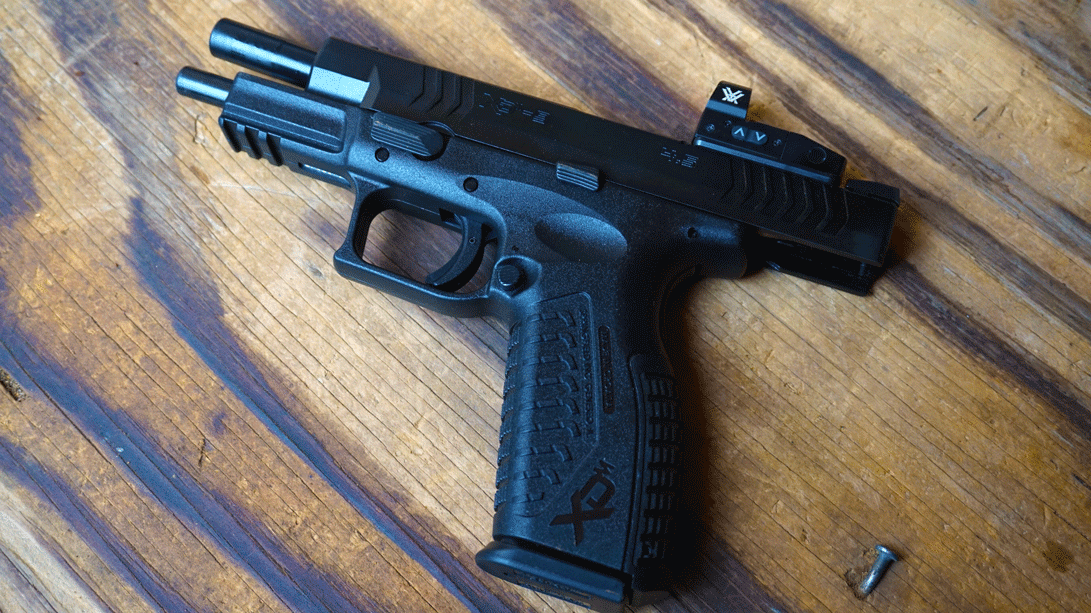
The Vortex Venom MRDS
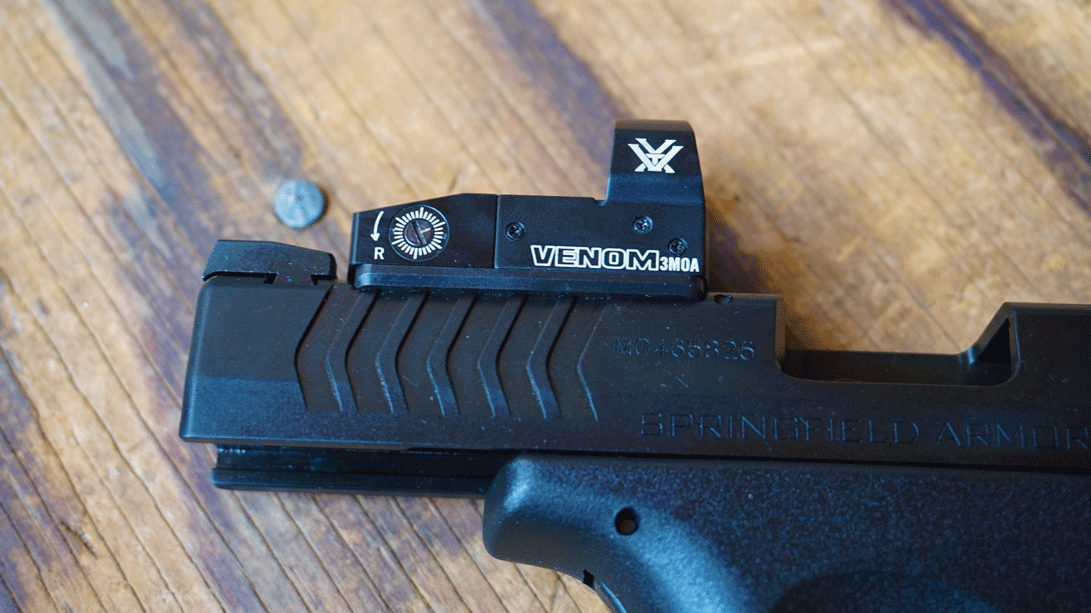
Vortex Optics makes affordable, useable and well engineered glass in all shapes and sizes – predictably the Venom is on par with the rest of the Wisconsin maker’s offerings.
Of course, I could write an entire review on the Venom itself, but we are here to discuss Springfield Armory. What I will say, however, is that the XDM’s included optic is inuitive, easy to setup, adjust and use and seems both solid and secure. The battery door seals tight, the windage and elevation adjustments have precise and noticeable clicks and brightness buttons are tactile and user friendly.
Most importantly, the Venom’s glass is clear with only a minor amount of aberration at the far edges, the dot is crisp* and brightness is useable in a variety of light settings. I’ll note that most of my shooting was done on a sunny day with a full layer of snow on the ground and the dot never washed out.
*I have a corrected astigmatism so I checked the dot using an image taken with a camera.
Having said all that, the XDM OSP comes complete with three adapter plates and can be ordered sans-optic if you prefer some something other than the Venom.
The XD(M)® OSP™ features a milled slide and 3 adapter plates that allow the direct attachment of your favorite optics. A matching cover plate provides a seamless slide surface when optics aren’t present. The OSP™ will ship with a cover plate along with 3 plate configurations that will support popular optics such as, but not limited to: #1 Plate – Vortex® Venom, Burris FastFire™ 2, Burris FastFire™ 3; #2 Plate – Leupold DeltaPoint®, Leupold DeltaPoint® Pro, JPoint® Sights; #3 Plate – Trijicon® RMR®.
I guess this the best place to talk about the XDM’s optic mount setup. The plates, slide and optic come together to form a very solid design. However, the slide itself is barely milled down past the top surface. Meaning the optic sits way too high for my liking. Not only will the user be unable to cowitness suppressor height sights (most likely even the Suarez International extra-high sights would just barely be visible), but the skyscraper-esque elevation was dizzying.
A pet peeve I have with many optics-ready pistols is that they should come standard with cowitnessed suppressor height sights. But Springfield isn’t alone in this oversight (cough – MOS).
I will clarify by saying that my time behind MRDS-outfitted pistols is limited. However, the dot elevation is noticeably awkward and is one of my two main criticisms of the XDM OSP. To be blunt, the slide needs to be milled at least another 0.25″, if the internals of the slide even allow for that kind of depth.


Features and Specifications:
I’ll let the numbers basically speak for themselves, adding only that this Springfield pistol is outfitted with both a trigger safety and a grip safety. I thought I would hate the grip safety feature for some reason, but it’s turns out to be virtually invisible. And, try as I might, I couldn’t force a grip safety malfunction or a suitable hand position that prevented firing because of the grip safety. So since I still maintain that manual safeties have no place on modern defensive pistols, I fully support the use of passive safety mechanisms like the grip safety on the XDM.
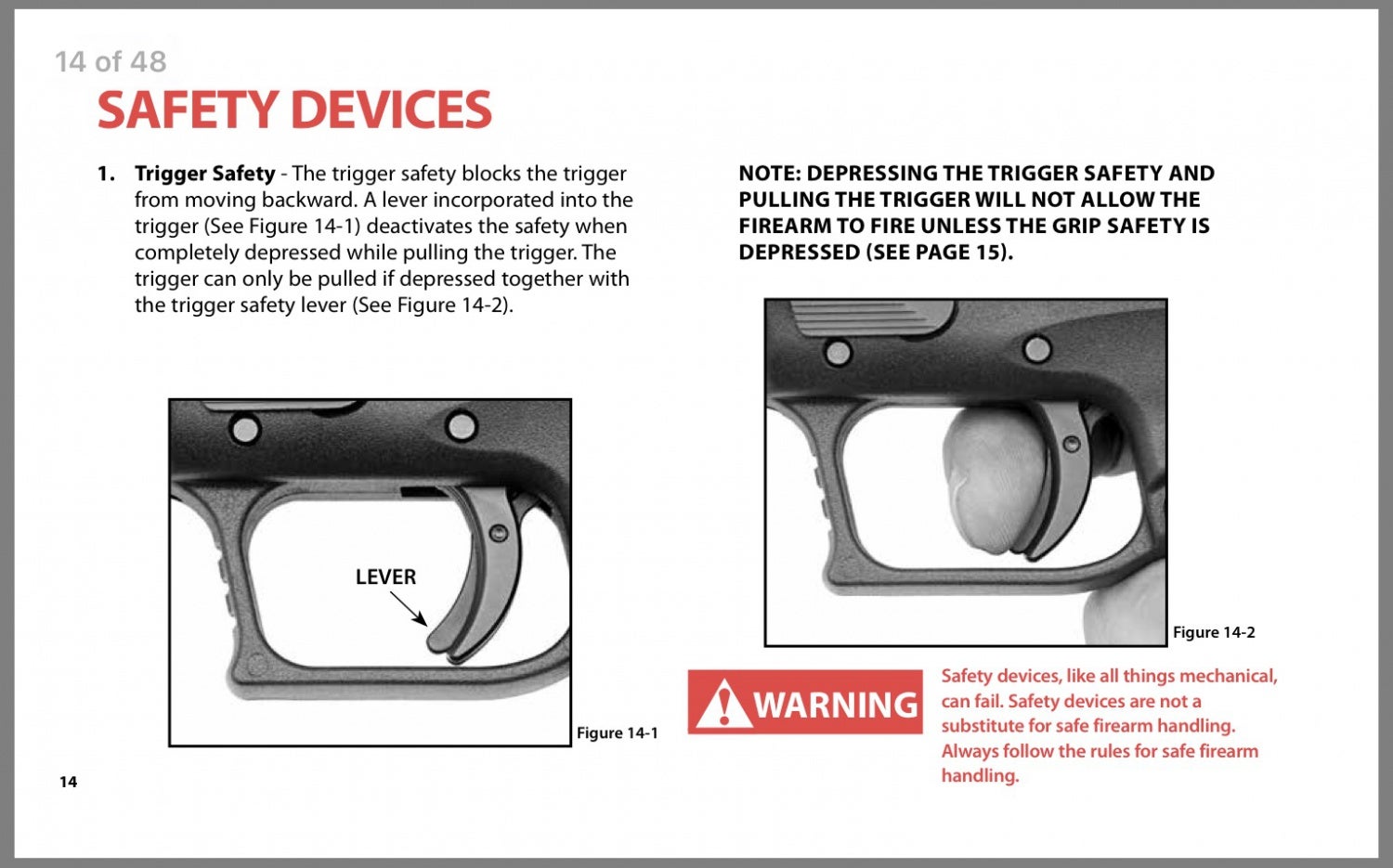

Lastly on the numbers alone: 19+1 = awesome. Seriously, for a grip that doesn’t seem overly wide or long, that amount of capacity is impressive. Brávo.

I liked the standard grip width of the XDM, but the package includes two other backstraps that can be installed to fit your hand size.
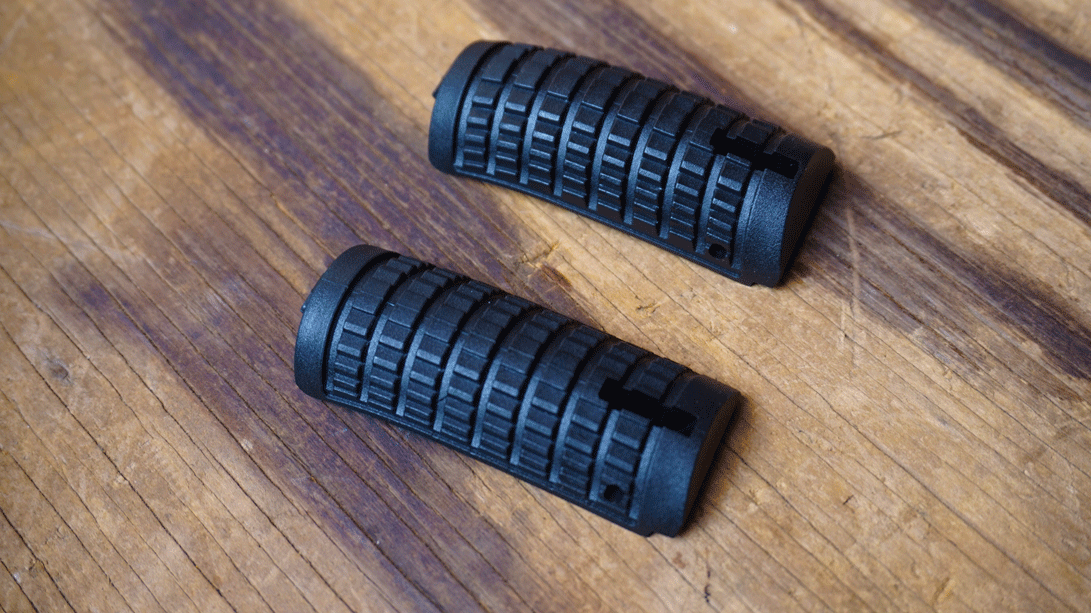
From the Springfield Armory webpage:

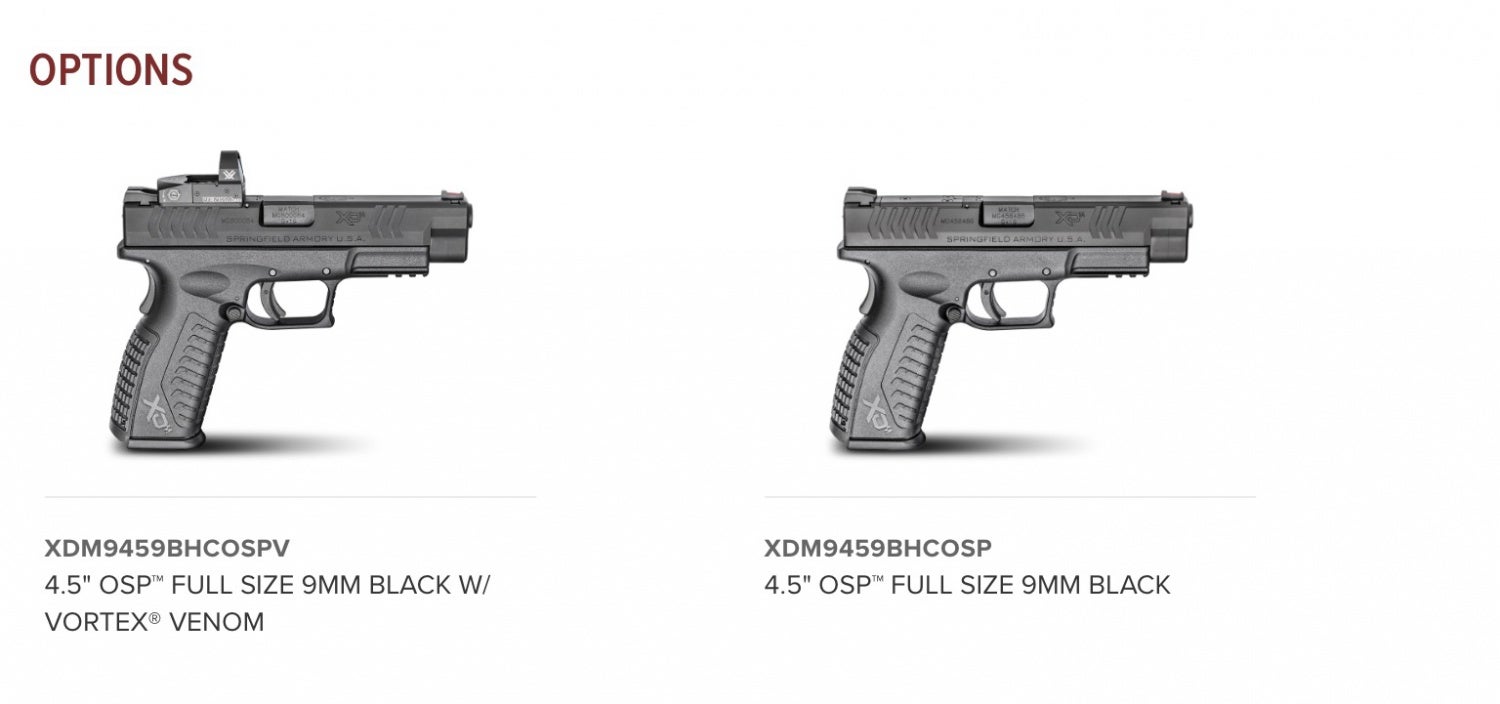
XDM OSP Rangetime:
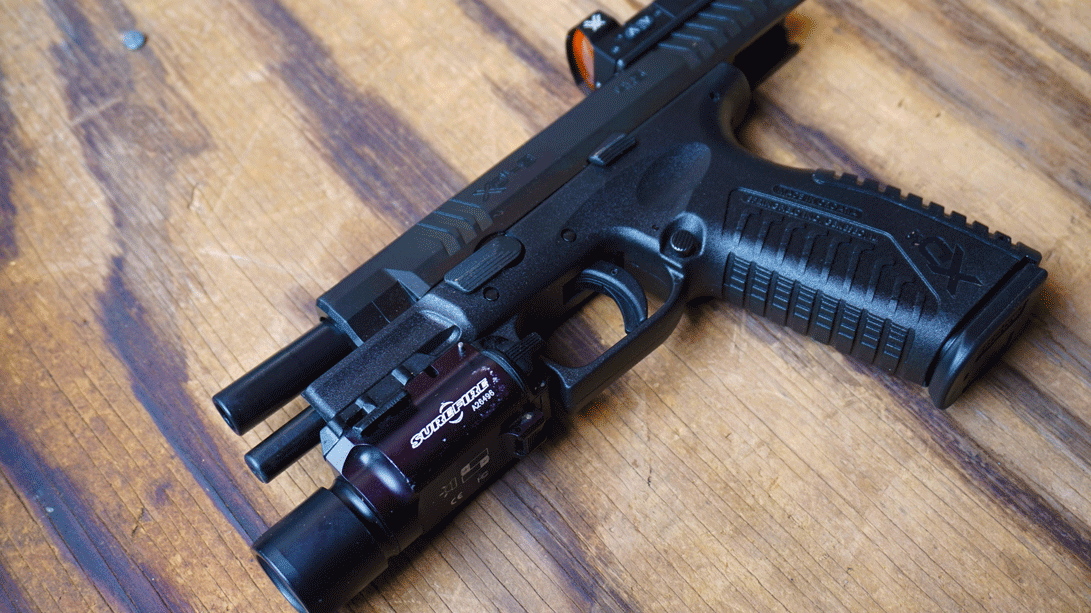
I will get my second criticism of the XDM out of the way first. The trigger reset is atrocious. Not only does it feel a mile long, but it is mushy and not repeatable. And by that I mean every release of the trigger seems to take an unequal amount of squishy let up to get the trigger to be in a position to take your next shot. Follow-ups, double taps and rapid fire are just plain awkward. I also asked my fellow TFB writers who have XDMs handy for their opinion and the results were similar.
Could the reset be a training issue and 400+/- rounds wasn’t enough for me to overcome the feel? I guess it’s possible, but even though I’m no expert, I think I’m qualified to identify a good trigger pull and release whether or not it’s new to me.

Aside from that one misstep, the XDM was a real pleasure to shoot. Accurate, barely noticeable muzzle flip, with controls that were both easy to manipulate and responsive. Magazines dropped free every time without fail using the ambi-release. Using the slide release or slingshot technique returned the pistol into battery each time without failure.
The gun comes with both a loaded chamber indicator and a striker status indicator, both of which I consider to be liability controls. However, besides a possible over reliance on equipment rather than training and practice, I can’t find a downside to having them on a pistol.

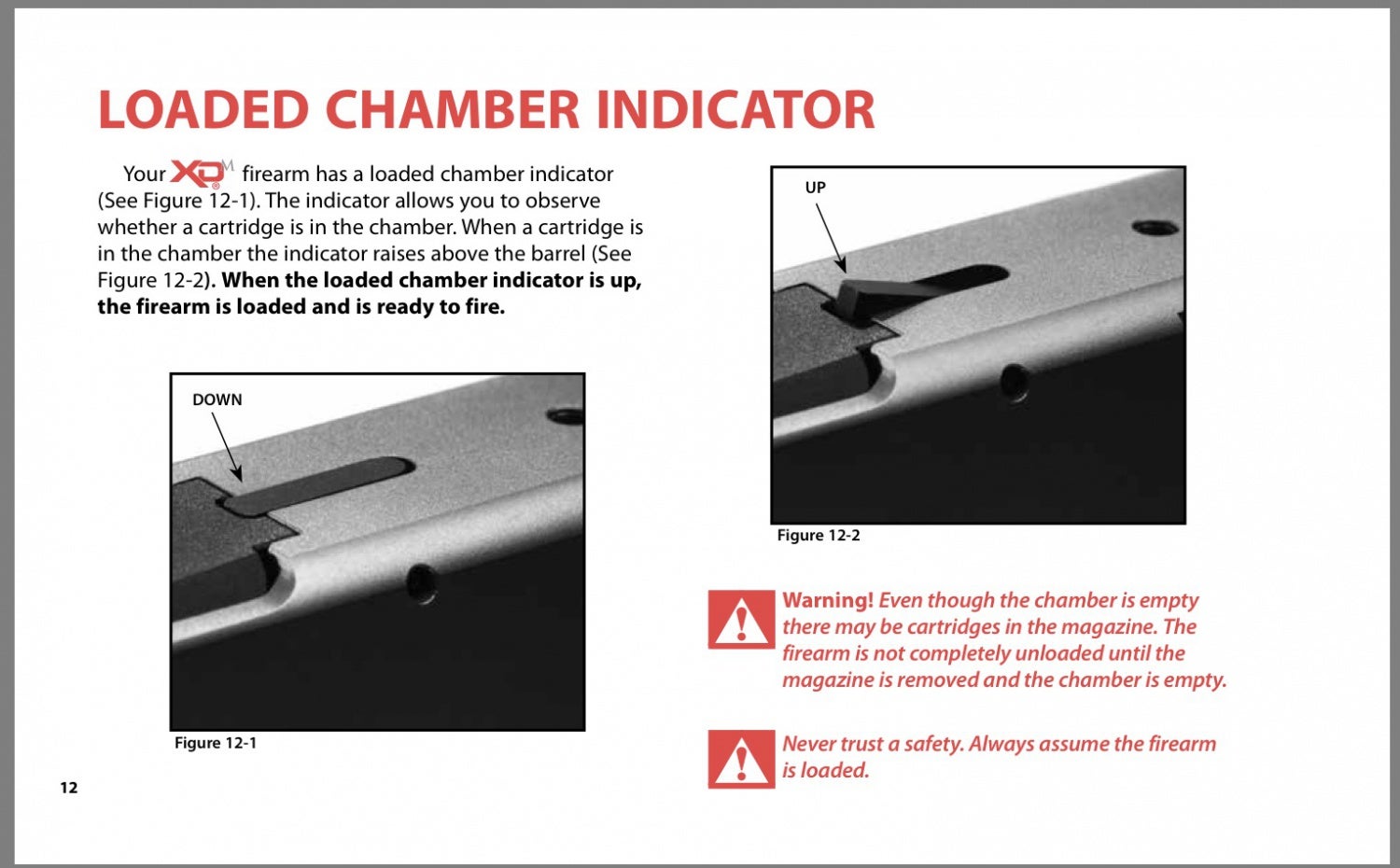
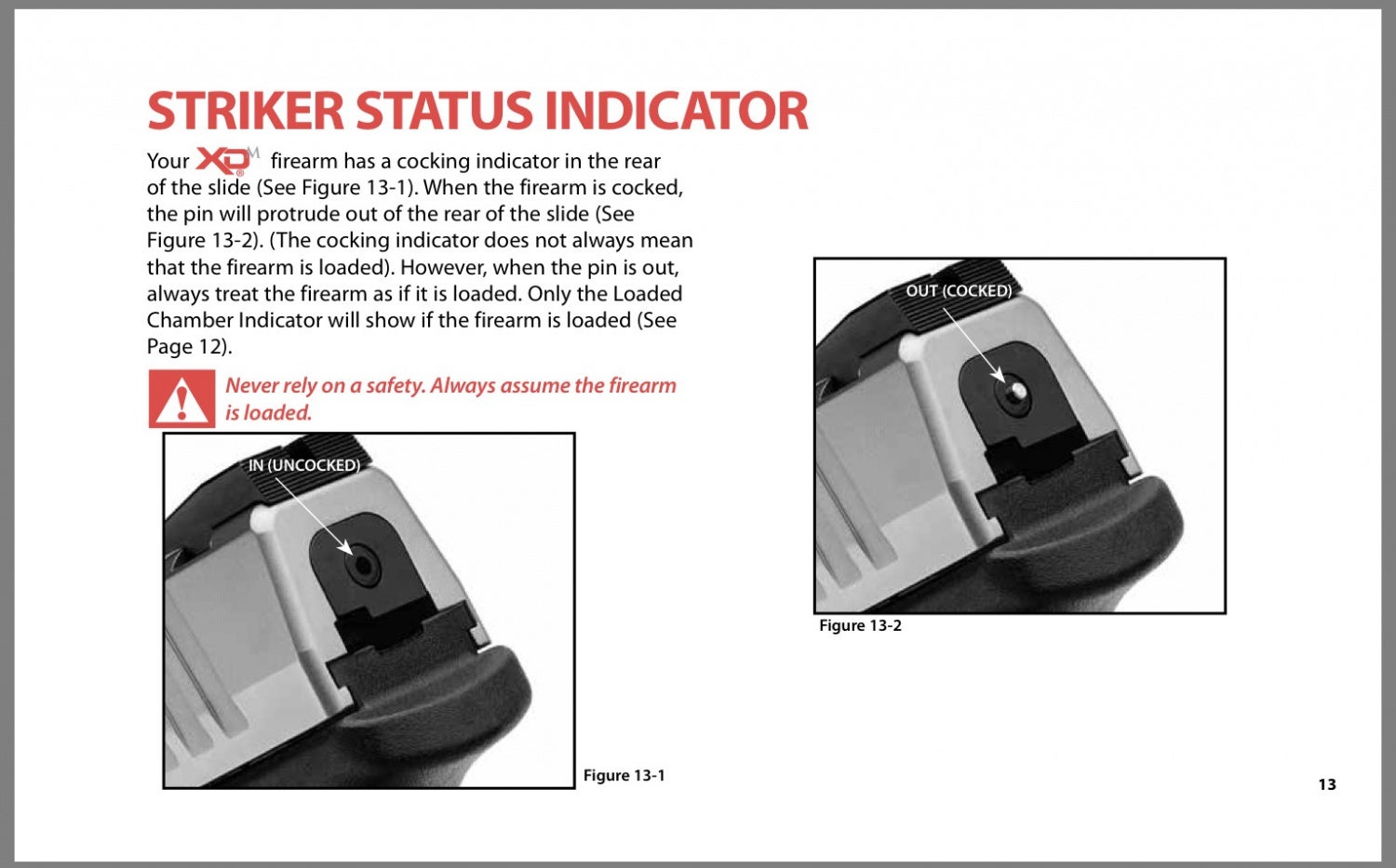
The XDM does feel great in your hands – the “extension of your body” feeling that you should get from a gun you’ll know and trust. Recoil is mild even with full-powered carry rounds. Ejection of spent casings was a clockwork 90 degrees position every time. It was actually pretty neat, because of the snow, the brass pilled up in a nice saucer-sized space.

Takedown and field stripping is easy and is similar to almost every other pistol out there (no trigger pull required). And even though 400 rounds is a small sample size, the pistol was relatively clean considering.


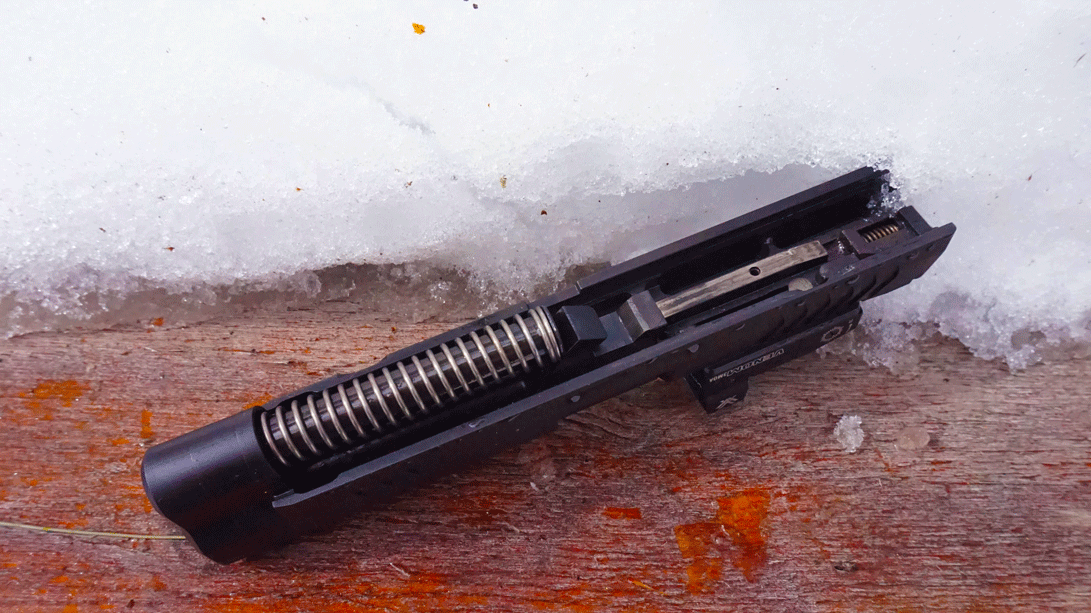

CONCLUSIONS:
This is probably the hardest part of the review for me to write; it seems so final. Besides, just because I wouldn’t buy a piece of kit doesn’t mean I won’t suggest it to someone else. My current stance on pistols puts my limited budget towards one of two categories: 1) Can I suppress it? 2) Can I carry it for my day job? Neither of which apply with the Springfield Armory XDM OSP.
Does that mean it’s a bad pistol? Heck no. Save for the optic height and reset feel, it seems to be a good solid gun. And if I had an annual gun budget larger than my current outlay, I’m pretty sure I’d own one just because.
Here’s the breakdown:
Cons:
- Height of the MRDS is way too high.
- Trigger reset is not pleasant.
Neutral:
- No suppressor height sights.
Pros:
- Well made.
- Looks good.
- Flawless function.
- Accurate
- Magazine capacity
MSRP: $979.00 W/Venom
Street: ~$650.00 no Venom (Brownells); ~$750 w/Venom
springfield Armory on facebook

 Your Privacy Choices
Your Privacy Choices
